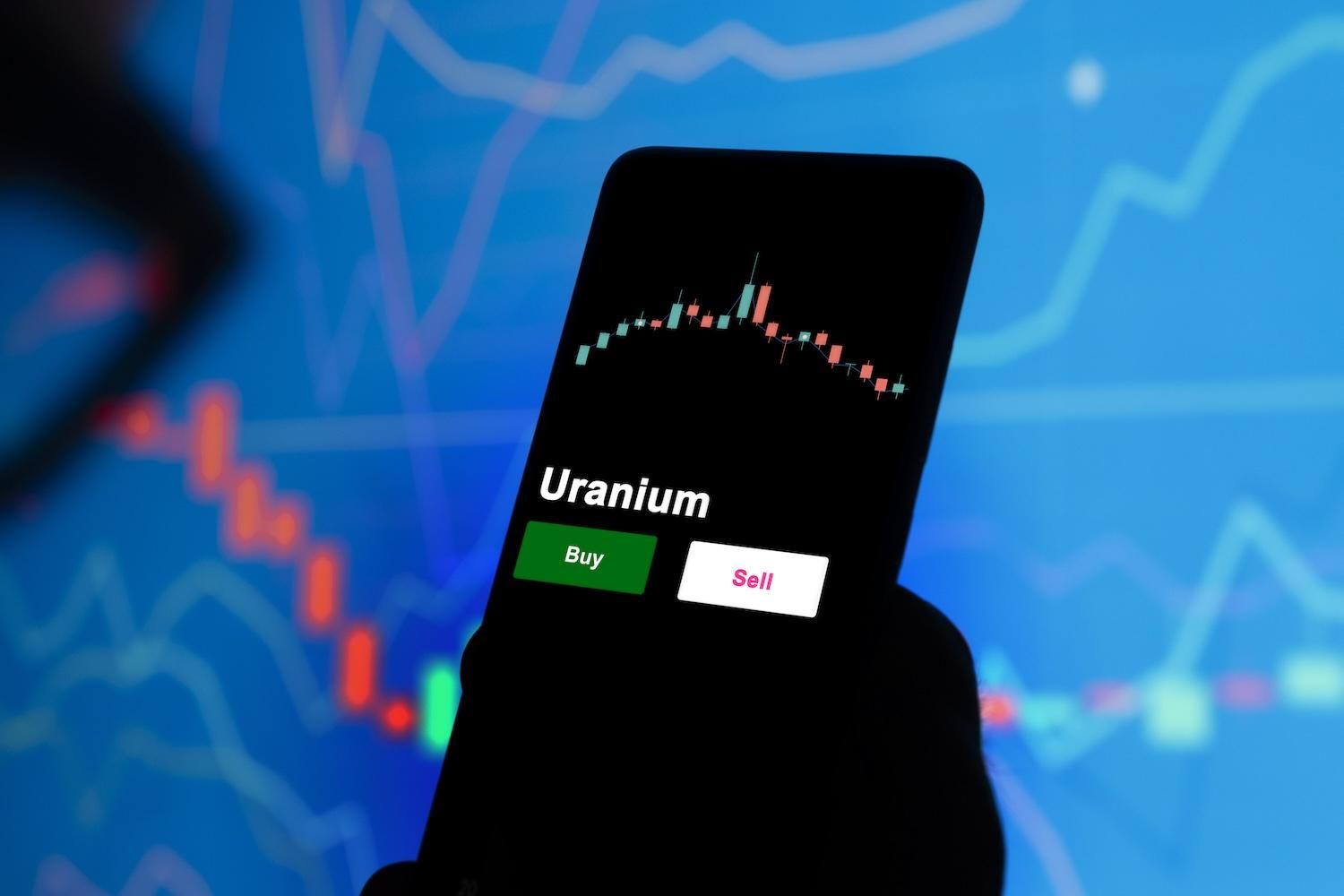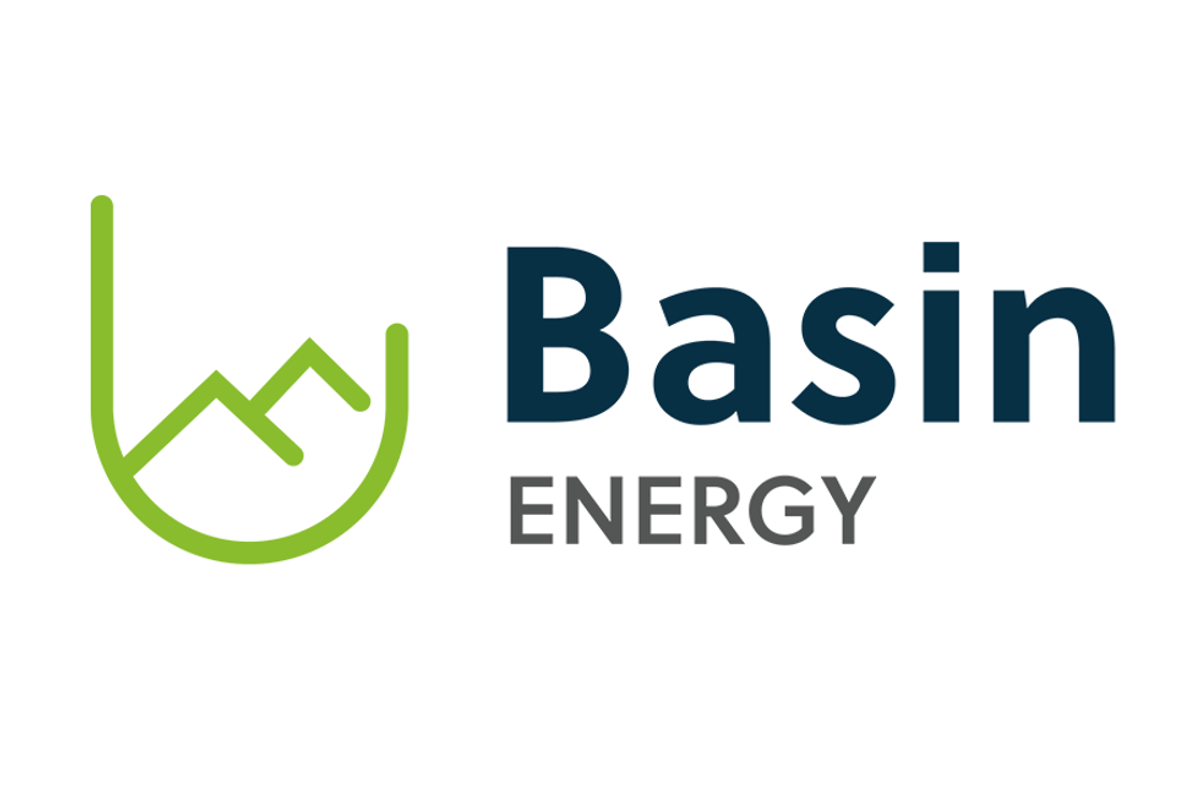
April 08, 2024
Perth-based uranium development and exploration company Toro Energy Limited (ASX:TOE) (“Toro” or the “Company”) is pleased to advise its intention to demerge its portfolio of non-core assets including its nickel, gold and base metal assets in Western Australia, subject to all requisite approvals.
Highlights
- Strategic review of asset portfolio to maximise shareholder value
- Toro anticipates an in-specie distribution to existing shareholders
- Lead manager for IPO of demerged company to be finalised soon
- Toro to be solely focused on uranium development opportunities
The strategic decision to consider the demerger follows a detailed review of its asset base in light of the strong and impressive results delivered from the Lake Maitland Scoping Study and the implications for its broader flagship Wiluna Uranium Project (“Wiluna Uranium Project”).
The Lake Maitland Scoping Study produced attractive financial metrics demonstrating a stand-alone project highlighted by:
- Pre tax NPV8 of A$610m, 41% IRR based on $70/lb U3O8 price, $0.70 AUD:USD
- Modest capex of USD189m (including 20% contingency) with a 2.5 year payback
- Low opex - Life of mine C1 costs of US$23.10/lb U3O8 and AISC US$28.02/lb U3O8
- EBITDA of $1,768.6M for the life of the mine
A very significant increase in the value of Lake Maitland is an anticipated outcome of the soon to be completed update of the Lake Maitland Scoping Study,
Recent work continues to highlight strength of Uranium assets
Toro recently reported that planning was well advanced to commence a near-term drilling programme that would deliver potential ore to the pilot plant that is currently in design for the Wiluna project and that a refresh and update of the Lake Maitland Scoping Study (first completed in 2022) is currently underway to evaluate financial outcomes using the latest more favourable commodity pricing and exchange rare guidance.
In addition, the Company announced that improving uranium market dynamics have allowed Toro to lower the cut-off grade and expand the stated uranium (U3O8) and vanadium (V2O5) resources at the Lake Way and Centipede-Millipede deposits by up to 25% U3O8.
Given the Company’s strategic focus on the development and recent positive developments of the Wiluna Uranium Project, the value of its nickel, gold and base metal exploration assets is not currently reflected in Toro’s share price. The Board considers these assets should now logically sit in a separately listed vehicle specifically focused on progressing their exploration and development.
Management commentary
Toro’s Executive Chairman, Richard Homsany said:
“With the strong financial metrics highlighted by the Lake Maitland Uranium Scoping Study, and the expected transformational increase in NPV following a soon to be completed refresh, we believe it is the right time to consider demerging our non-core projects to allow Toro to focus solely on expediting the development of our globally significant uranium assets.
Toro believes a demerger and anticipated IPO of the demerged company provides a compelling opportunity to unlock the considerable underlying value of these highly prospective nickel, gold and base metals assets, while allowing Toro to aggressively pursue the development of its world-class Wiluna Uranium Project.
The considerable amount of work completed to date by our team has demonstrated that the Lake Maitland Deposit, which is part of the Wiluna Uranium Project, is viable as a stand- alone operation with incredibly attractive financial metrics. There is significant potential upside in combining the other deposits - Lake Way, Millipede and Centipede - with Lake Maitland thereby unlocking greater value for shareholders.”
NewCo strategy and proposed transaction
Toro believes an IPO of its demerged company (“NewCo”) creates a new exploration driven, energy and base metals business with a portfolio of valuable assets located in a Tier-1 mining jurisdiction.
Any demerger is expected to be conducted by way of an equal capital reduction in Toro and an in- specie distribution of its shares in NewCo to Toro shareholders in compliance with applicable ASX Listing Rules including Rule 11.4.1(a). Upon completion of any demerger, existing Toro shareholders will have a significant interest in NewCo, which is expected to attract strong investor interest. Toro shareholders are also expected to be afforded a priority offer as part of any IPO, with an intention to seek an ASX listing for NewCo.
Investors are cautioned that although the application for admission of NewCo to the official list of ASX is intended to occur after the implementation of any demerger, there can be no certainty as to the timing of when such application will be made or that any such application will be successful. Any application by NewCo to admission of the official list of ASX will be subject to satisfying the requirements of ASX. Investors are further cautioned that due to the early-stage nature of the intended demerger no information about the structure of the demerged entity is as yet concluded or available.
Click here for the full ASX Release
This article includes content from Toro Energy, licensed for the purpose of publishing on Investing News Australia. This article does not constitute financial product advice. It is your responsibility to perform proper due diligence before acting upon any information provided here. Please refer to our full disclaimer here.
TOE:AU
The Conversation (0)
12 October
IsoEnergy to Acquire Toro Energy
Toro Energy (TOE:AU) has announced IsoEnergy to Acquire Toro EnergyDownload the PDF here. Keep Reading...
12 October
Joint Investor Presentation
Toro Energy (TOE:AU) has announced Joint Investor PresentationDownload the PDF here. Keep Reading...
12 October
IsoEnergy to Acquire Toro Energy, Strengthening a Top-Tier Uranium Portfolio in a Rising Market
PERTH, Australia - Oct. 13, 2025 - IsoEnergy Ltd. ("IsoEnergy") (NYSE American: ISOU) (TSX: ISO) and Toro Energy Ltd. ("Toro") (ASX: TOE,OTC:TOEYF) are pleased to announce that they have entered into a scheme implementation deed (the " SID ") pursuant to which, among other things, IsoEnergy has... Keep Reading...
31 July
Quarterly Activities and Cashflow Report June 2025
Toro Energy (TOE:AU) has announced Quarterly Activities and Cashflow Report June 2025Download the PDF here. Keep Reading...
27 May
Updated Scoping Study Results Lake Maitland Uranium Project
Toro Energy (TOE:AU) has announced Updated Scoping Study Results Lake Maitland Uranium ProjectDownload the PDF here. Keep Reading...
3h
Uranium Price 2025 Year-End Review
After 2024’s rapid rise, the U3O8 spot price remained more constrained through 2025, fluctuating between a relatively short range of US$63.17 (March 13) and US$83.33 (September 25) per pound. Entering the year, the price was sitting at US$74.56 before economic and geopolitical uncertainty pushed... Keep Reading...
08 December
American Uranium Eyes Resource, Scoping Study Update in 2026
American Uranium (ASX:AMU) is advancing drilling at its Lo Herma project in Wyoming, with work continuing into the winter season, according to Executive Director Bruce Lane in an interview with the Investing News Network. The company is currently awaiting results from recent hydrogeological... Keep Reading...
04 December
China’s Sole Uranium Miner Soars in Market Debut
China National Uranium (SZSE:001280) more than tripled in value during its first day of trading in Shenzhen, raising about 4 billion yuan (US$570 million) in its Wednesday (December 3) debut.According to an exchange filing cited by Bloomberg, the state-backed miner priced 248 million shares at... Keep Reading...
02 December
Niger Moves to Sell Uranium from Orano's Seized SOMAÏR Mine
Niger’s military government announced on Sunday (November 30) that it intends to put uranium produced by the SOMAÏR mine on the international market.General Abdourahamane Tiani, head of the junta, told state television that “Niger's legitimate right to dispose of its natural riches to sell them... Keep Reading...
30 November
Expands REE and Uranium Footprint at Sybella-Barkly
Basin Energy (BSN:AU) has announced Expands REE and uranium footprint at Sybella-BarklyDownload the PDF here. Keep Reading...
28 November
Orano Condemns Illegal Uranium Transfer from Niger Mine
Orano said it “strongly condemns” the removal of uranium from the SOMAÏR mine in Northern Niger.The French firm called the transfer illegal and a direct breach of the International Center for Settlement of Investment Disputes’ (ICSID) September ruling, which prohibits the material's sale or... Keep Reading...
Latest News
Latest Press Releases
Related News
TOP STOCKS
American Battery4.030.24
Aion Therapeutic0.10-0.01
Cybin Corp2.140.00






